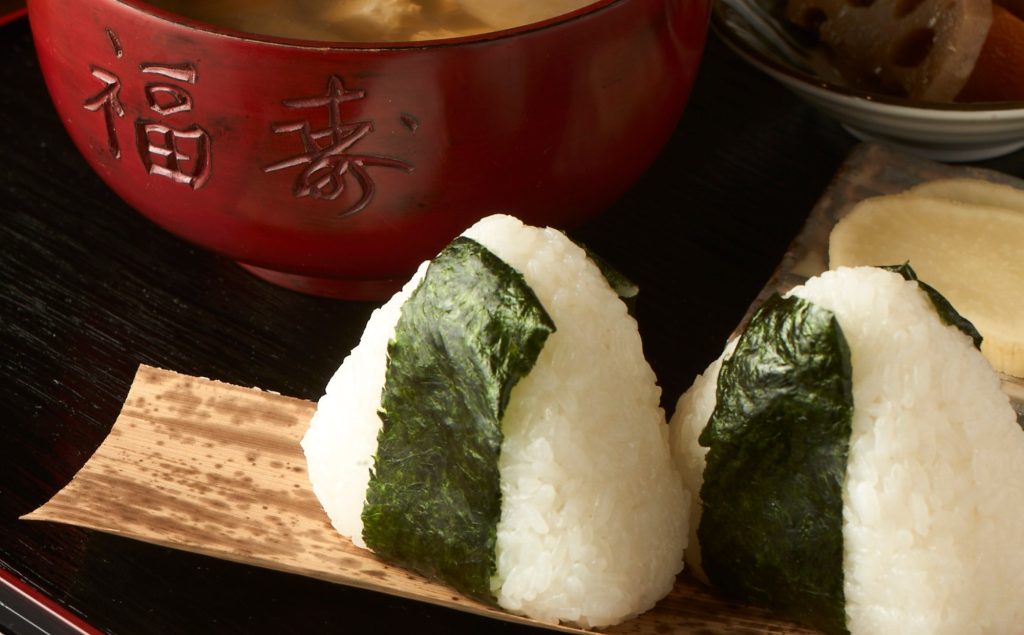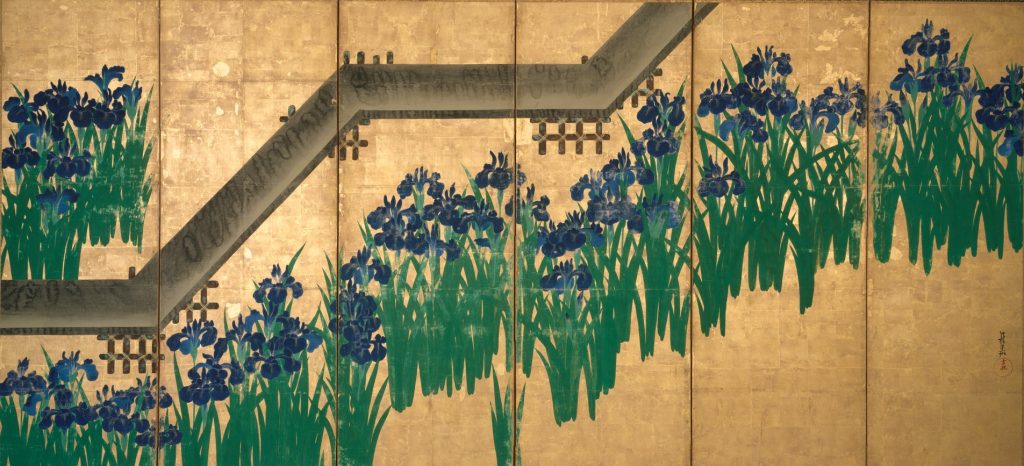In Japan, many people choose Kyoto for their staycations. Kyoto, with its long history and many cultures, was a place that people longed to visit, so much so that in the days when it was not easy to come and go, places were named ‘Sho-kyoto (小京都)’ i.e. a ‘mini kyoto’, all over Japan.
Even today, its popularity remains.

If you are planning to visit Kyoto, we have compiled hand selected information from the Waraku editorial department that you should know. Please use this information as a reference when planning your trip to Kyoto.
What is Kyoto like?
Located in the Kinki region, Kyoto is a basin surrounded by mountains on three sides, west of Lake Biwa. The population is 1,465,701 (estimated January 2020). Because it is a basin, the temperature difference between summer and winter is extreme, and winter is known as the ‘Kyo no sokobie(京の底冷え)’.
The city is characterised by its grid-like structure, which is said to have been modelled on Chang’an in China. For this reason, address notation is also unique, and unique forms are still used, such as ‘Agaru, Sagaru(上ル・下ル)’, where the name of the street is written like a coordinate axis and which direction to go from there.
The city is famous for its crafts, such as Nishijin-ori(西陣織) and Kyo-yuzen(京友禅), traditional events such as the Gion matsuri(祇園祭), and as an international tourist city with many old temples and shrines.
History of Kyoto
The word ‘kyo(京)’ has the meaning of a capital or the land where the emperor resided. It is widely believed that the name was first introduced to mean “capital”, and that the name was established at Nagaoka-kyo in 784, and then at Heian-kyo when the capital was moved to Kyoto in 794.
Since then, Kyoto existed as the capital of Japan for more than 1,000 years until the Meiji Restoration. Even when the samurai class replaced the court nobles as the centre of government in the Kamakura period, Kyoto remained the political centre of the country as the capital resided by the emperor. Although it lost this status with the opening of the Edo shogunate, it became the stage for the Meiji Restoration, and after the transfer of the capital to Tokyo, it was reborn as a modern city combining old history and culture.
In addition, during the Second World War, Kyoto was almost completely safe from air raids, and many of its valuable cultural assets remain intact. This has made it a popular international tourist city.
What is the best season to travel to Kyoto?
Kyoto is rich in nature and offers a variety of seasonal delights. The best time to visit Kyoto is March-April for cherry blossoms, early summer (May-June) for hydrangeas and green maples, and autumn (October-November) for the autumn leaves.
Kyoto tends to be very hot due to its location in the basin, but summer is recommended if you want to see traditional events such as the Gion Matsuri and Gozan no Okuribi (五山の送り火). The timing of these events changes every year, so do your research and plan well in advance.
In contrast to summer, winter is known as the ‘Kyo no sokobie’. If you plan to go in winter, make sure you are well protected against the cold.
How many nights are recommended for a trip to Kyoto?
If you also want to visit the surrounding areas of Kyoto, we recommend at least two nights.
How long does it take to travel within the city?
There are many tourist attractions in Kyoto, and they are surprisingly, quite spread out. For example, if you want to go from Kyoto Station to Heian Jingu Shrine (平安神宮) in the east area, it can take up to 40 minutes by public transport, by bus. By taxi, it takes about 20 minutes.
If you are in the suburbs, such as the Fushimi area famous for its red torii gate or the Kurama area famous for its tengu(天狗), you should expect to spend between 30 minutes and one hour travelling from Kyoto City.
How many areas are there in Kyoto?
The area can be roughly divided into the following areas: east, west, north, south and west.
Central Kyoto: Kyoto Gosho(京都御所), Nijo jyo(二条城), Nishiki ichiba(錦市場), etc.
East area: Gion(祇園), Kiyomizu dera(清水寺), Heian Jingu(平安神宮), Ginkakuji(銀閣寺), etc.
West area: Arashiyama(嵐山), Kinkakuji(金閣寺), Ryoanji(龍安寺), etc.
South Area: Fushimi Inari Taisha(伏見稲荷大社), Uji(宇治), etc.
Northern area: Kurama(鞍馬), Shimogamo jinjya(下鴨神社), etc.
If we take into account the travel time, we suggest you will need atleast one day to see the city centre plus one area. It is especially important to allow plenty of time when considering public transport. It is also advisable to check the visiting hours of each facility.
Transport within Kyoto
Kyoto buses
The best way to get around Kyoto is by bus. There are five main bus companies.
Kyoto City Bus: covers most of the city.
Kyoto Bus: offers a wide range of sightseeing routes in the east-west area, including those in the direction of Arashiyama
Hankyu Bus: only centred on Hankyu lines
Keihan buses: convenient for travel along Keihan lines and to Fushimi, etc.
JR buses: 2 routes only, for travel from Kyoto Station.
It is recommended to check the Kyoto City Bus routes first.
Kyoto Subway
The Kyoto Municipal Subway is characterised by its east-west, north-south and south-south stretches. It is punctual and does not get stuck in traffic jams, but as it does not have a detailed route, it should be used in conjunction with buses. It is useful to remember that there is only one underground transfer station, Karasuma-Oike(烏丸御池) Station.
Kyoto taxis
As a tourist city, Kyoto has a good taxi service. Many are experienced and know the roads well, so they may be able to give you a simple guide. However, Kyoto has many narrow streets, and moving from place to place can take longer than expected due to traffic jams, and the fare can be steep. If you want to use the whole day to get around, there are many chartered taxis for sightseeing that you can consider.
Recommended tourist attractions by area
Here are some of the best places to visit in each area.
Central Kyoto
The area is the historical heart of Kyoto, including the Kyoto gosho and Nijo jyo. Within walking distance of Kyoto Station, this area is also home to Nishiki ichiba, ‘Kyoto no daiidokoro(京都の台所)’, and Ponto cho(先斗町), with its Kyoto-style bars.
Famous temples such as Higashi Honganji(東本願寺), Nishi Honganji(西本願寺) and Toji(東寺) are also concentrated in the area, making it ideal for a first taste of Kyoto-like atmosphere.
Kyoto East Area
The eastern area is also known as Higashiyama(東山). The centre of the area is Kiyomizu dera. Familiar sightseeing spots such as Gion and Yasaka jinjya(八坂神社) are also in this area. It is recommended if you want to enjoy the feel of traditional townscapes.
Kawaramachi(河原町), within walking distance of Gion, is ideal for shopping with its department stores and souvenir shops. There are also many hotels near Hankyu Kawaramachi Station.
A short distance away is Nanzenji(南禅寺), famous for its yudofu (湯豆腐).
Kyoto West Area
The area is home to the natural beauty of Arashiyama and the World Heritage Site Kinkakuji. The area is also home to Kitano Tenmangu(北野天満宮), renowned as the ‘Gakumon no kamisama(学問の神様)’, and the textile town of Nishijin, which is also a centre of crafts and culture.
The Sagano(嵯峨野) Kanko Railway, famous for its trolley trains, is also in this area. A leisurely exploration on foot is recommended in this scenic area.
Kyoto South area
The area offers Fushimi Inari Taisha, famous for its approximately 10,000 red torii gates, and Uji, famous for the Tale of Genji. Uji’s Byodoin(平等院) houses the Ho-o-do(鳳凰堂) and is designated a World Heritage Site.
It is a short distance from Kyoto city, so visitors should allow plenty of time for a visit. Uji is also famous for its tea, so it is a good idea to enjoy matcha sweets.
Kyoto North Area
The area is home to the World Heritage Site Shimogamo jinjya. Kuramadera(鞍馬寺) and Kibune jinjya(貴船神社), and has been a popular summer resort since ancient times.
The area is located on the top of a mountain, so comfortable walking clothes and shoes are recommended. It can also snow in winter, so check the weather forecast carefully.
Recommended sightseeing plans in Kyoto
Too many places to choose from? Here are our hand selected recommendations, complete with routes.
Three-hour tour of Nanzenji
Nanzenji is a little further away from the East Area. If you focus on moving around the Nanzenji grounds, you can get around in about three hours.
First, get a taste of Japanese beauty at the Kinciin(金地院)
↓
The Nanzenji sanmon(南禅寺三門), which is a spectacular sight both from above or below
↓
The pond garden at Tenju-an(天授庵) is a paradise for green maples
↓
The Kano School’s works of art at the Nanzenji Hojo(南禅寺方丈)
↓
Finish the tour at Nanzen-in and Suirokaku(水路閣), a retro-modern building
Half-day walking course, including long-established sweets and cafés in Gion
Kyoto Gion is a Kagai (花街) stretching west of Yasaka jinjya. It is easily accessible and a great place to enjoy delicious food and shops selling cute things.
Check out the ‘Gion Mameheito(祇園豆平糖)’, a candy with beans, at ‘Surugaya Gion Shimosato(するがや祇園下里)’
↓
Visit Kagizen yoshifusa(鍵善良房) for fresh sweets and, in summer, kuzukiri (葛切り)
↓
Check out the tea at ‘Gion Tsujiri(祇園辻利)’
↓
See the cute ‘nihoibukuro(にほひ袋)’ at ‘Toyoda Aisando (豊田愛山堂)’
↓
Shop for goods made from vintage fabrics at Chingireya
↓
View beautiful kimono at Eriman(ゑり萬)
↓
Enjoy egg toast at ‘Kiritooshi Shinshindo(切通し 進々堂)
↓
Lunch at Izu’s famous Saba zushi(鯖寿司)
‘Machiya’ tour in the Nishijin area
Nishijin has long flourished as a textile town. This route takes visitors on a tour of the machiyas (traditional wooden townhouses that functioned as both a resident and place of business) of Nishijin, which also has a wonderful Kyoto machiya townscape.
Learn about the history of machiyas at the Nishijin lifestyle museum, Tondaya(冨田屋)’
↓
Take home a souvenir of Japanese handicrafts at ‘Shokunin.com’
↓
Enjoy the 90-year-old shop at ‘Kami so-e(かみ添)’ and buy a karakami(唐紙) paper bag
↓
Enjoy soba noodles at ‘Kanei(かね井)’
↓
Enjoy after-dinner tea and old books at ‘Kosho to Sabo Kotoba no haoto (古書と茶房 ことばのはおと)’
※The photographs in this article are reproduced from previous articles.
Read in conjunction with
- 5 surprising foods must eats in Kyoto and the top 5 souvenirs you need to buy
This article is translated from https://intojapanwaraku.com/rock/travel-rock/134773/
























